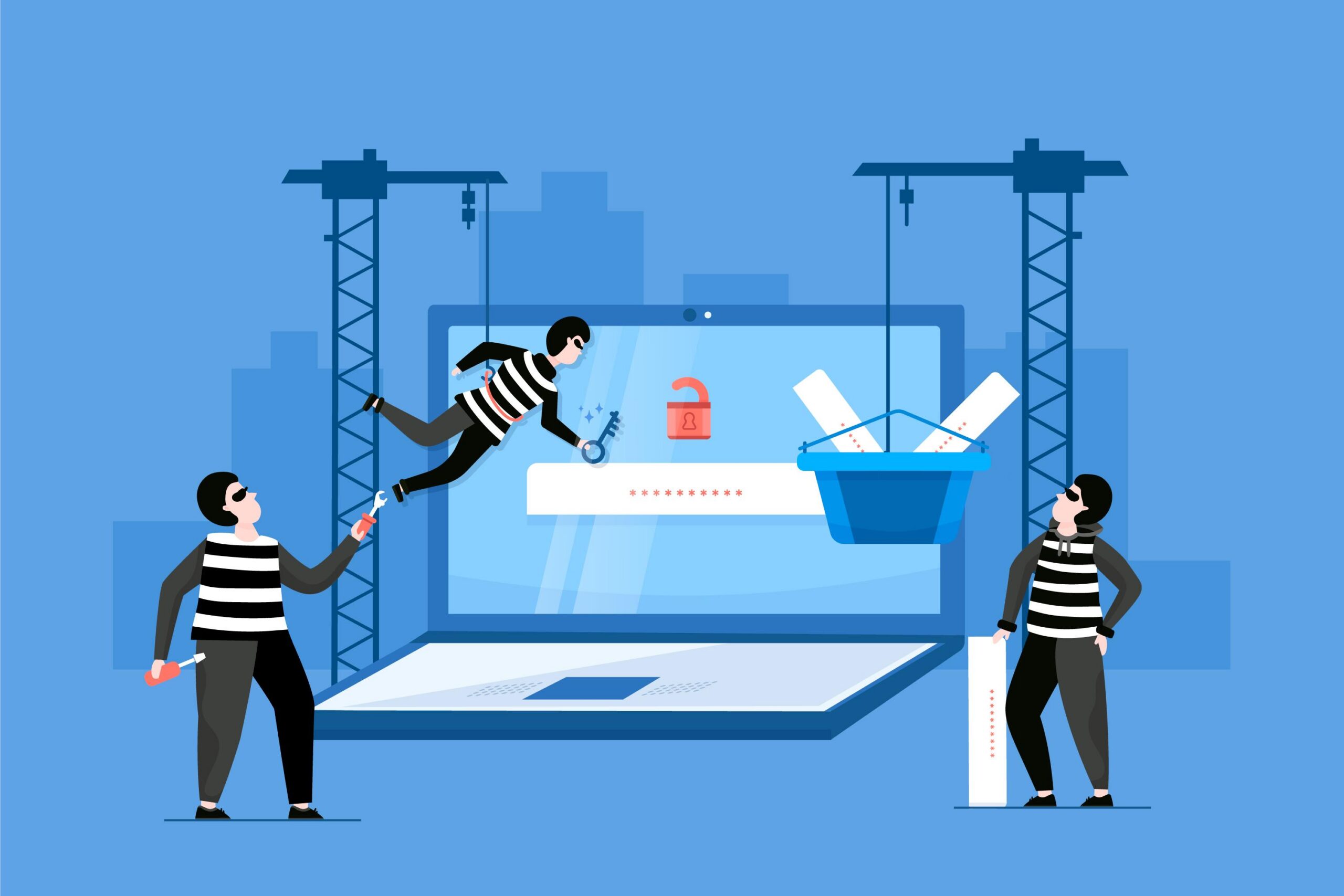Introduction
The fight against piracy has become a defining challenge in today’s digital age, where content is created and distributed at lightning speed. From movies and music to eBooks and software, pirated versions circulate widely, undermining creators’ efforts and affecting the industry’s revenue streams. For this reason, businesses and content creators alike are looking for strong solutions to piracy that are both scalable and reliable. One such breakthrough technology is digital fingerprinting, which offers a proactive and highly effective way to safeguard content across digital platforms.
In this blog, we will explore digital fingerprinting as a central solution in the anti-piracy arsenal. You’ll learn how it works, its advantages over traditional digital rights management (DRM), and its applications across industries. We’ll also examine how real-time monitoring and AI-driven tools make it even more powerful. By the end, you’ll see why partnering with an established anti-piracy service like AiPlex can help you protect your content, revenue, and reputation. Learn more about AiPlex’s anti-piracy solutions here.
Things to Know Before Adopting Digital Fingerprinting
Understanding how digital fingerprinting works and what it offers is essential before implementing it in your piracy prevention strategy. This section will outline the fundamentals and clarify key considerations.
What is Digital Fingerprinting Technology?
Digital fingerprinting is a technology that assigns a unique, trackable signature to digital content, much like a fingerprint identifies a person. Unlike watermarks, which can often be altered or removed, digital fingerprints are embedded into the content’s code, making them resilient against tampering. This makes the process ideal for copyright management and piracy control.
By using unique identifiers, organizations can track unauthorized distribution, monitor usage, and take down illegal copies with precision. This means that whether your content is a film, a song, or a piece of software, you can be confident that it carries a unique, traceable identity.
Difference Between Fingerprinting and Watermarking
Watermarking is a common method of protecting content, but it comes with limitations. Watermarks are often visible and can be removed by pirates who know how to manipulate media files. On the other hand, fingerprinting is far more discreet and works invisibly within the digital framework of the file.
While watermarking may still be useful in some cases, fingerprinting provides a stronger layer of content protection. It ensures that even if a file is altered, compressed, or converted into another format, its digital fingerprint remains intact and traceable.
Importance of Content Identification in Piracy Solutions
One of the main benefits of digital fingerprinting is accurate content identification. This capability allows anti-piracy teams to scan digital platforms in real time and quickly determine whether copyrighted content is being illegally shared.
Content identification is not only essential for piracy prevention but also for protecting licensing agreements and distribution rights. For example, when a movie studio releases a film internationally, fingerprinting helps ensure that unauthorized leaks don’t undermine official launches.
Compliance with Global Copyright Regulations
Piracy doesn’t respect borders. A pirated copy uploaded in one country can spread across the globe in minutes. Digital fingerprinting helps businesses remain compliant with international copyright enforcement laws by giving them tools to monitor and report infringements.
Adopting fingerprinting aligns organizations with best practices in digital rights enforcement, ensuring they are well-prepared to meet compliance standards in global markets. This is especially important for companies in the media and entertainment industry that rely heavily on international releases.
Role of AI in Enhancing Digital Fingerprinting
Modern anti-piracy efforts increasingly rely on artificial intelligence and machine learning to strengthen digital fingerprinting. AI can scan billions of files and identify pirated versions within minutes, drastically reducing the time it takes to respond to infringements.
By integrating AI, digital fingerprinting systems not only detect piracy faster but also predict new piracy patterns. This allows companies to stay one step ahead of pirates who are constantly developing new methods to bypass protection measures.
How Digital Fingerprinting Works for Piracy Control
Digital fingerprinting operates by generating a unique digital code for every piece of content. This code is then stored in a database and used as a reference point when scanning digital platforms.
When suspicious content is detected, the system compares it with the stored fingerprints to verify authenticity. If a match is found, the system flags the file as pirated, enabling quick takedown requests. This process is vital in streaming environments, where pirated versions of live events can circulate within minutes.
In addition to detection, fingerprinting also helps in attribution. By tracing the source of leaks, organizations can identify weak points in their distribution chain and strengthen security protocols. This dual function of detection and attribution makes it one of the most robust solutions to piracy.
Advantages Over Traditional DRM Solutions
Digital Rights Management (DRM) has been widely used to control access to digital content, but it often creates a negative user experience. Consumers sometimes find DRM restrictive, leading to dissatisfaction and even driving them toward pirated versions.
Digital fingerprinting, in contrast, works invisibly in the background without interfering with user access. This balance between protection and usability makes it a superior alternative to DRM. Businesses adopting fingerprinting can maintain customer satisfaction while ensuring their content is protected.
Another key advantage is scalability. While DRM often requires specific software or hardware compatibility, fingerprinting works seamlessly across formats and platforms. This means that whether content is streamed, downloaded, or shared on social media, its fingerprint remains intact and effective.
Applications Across Media Industries
Digital fingerprinting is widely used across various industries. In the film industry, it ensures that movies are not illegally uploaded before or after their release. In music, it helps track unauthorized uploads on streaming platforms and video-sharing sites.
The publishing sector also benefits, with fingerprinting applied to eBooks and online journals. Even in software distribution, fingerprinting helps prevent unauthorized copies from spreading online. This broad applicability underscores its role as a cornerstone of modern anti-piracy solutions.
Beyond traditional media, fingerprinting is gaining traction in emerging industries like eLearning. Educational institutions rely on it to protect digital course materials, ensuring that valuable intellectual property remains secure.
Real-Time Piracy Detection and Monitoring
One of the most powerful aspects of fingerprinting is its ability to operate in real time. Pirates often exploit the rapid speed of digital sharing, but fingerprinting systems can match that pace by continuously scanning platforms.
This real-time detection helps prevent large-scale piracy incidents before they spiral out of control. For instance, when a live sporting event is streamed illegally, fingerprinting tools can quickly flag and block unauthorized streams, safeguarding the broadcaster’s revenue.
Moreover, real-time monitoring contributes to detailed analytics. Companies can gain insights into piracy trends, geographical hotspots, and the platforms most used by pirates. These insights can then inform future security measures.
Integration with AI and Big Data in Piracy Solutions
As piracy methods evolve, so must anti-piracy solutions. The integration of AI and big data enhances digital fingerprinting by making it smarter and more adaptive. AI algorithms can analyze massive amounts of data and detect subtle variations in pirated content that might escape traditional detection.
Big data analytics adds another layer of strength, allowing companies to predict where and how piracy is likely to occur. For instance, by analyzing past piracy incidents, systems can forecast which new releases are at highest risk and allocate resources accordingly.
Together, AI and big data turn digital fingerprinting into a proactive defense system rather than just a reactive one. This forward-looking approach ensures businesses stay resilient in an ever-changing digital landscape.
Why Choose AiPlex Anti-Piracy Solutions
While digital fingerprinting is a powerful technology, its effectiveness depends on how well it is implemented and managed. This is where AiPlex Anti-Piracy stands out. With years of expertise in combating digital piracy, AiPlex offers comprehensive solutions tailored to the unique needs of each client.
AiPlex combines digital fingerprinting with AI-driven monitoring, real-time takedown services, and global compliance support. Their team works around the clock to ensure pirated content is detected, flagged, and removed promptly. By choosing AiPlex, businesses not only gain access to cutting-edge technology but also benefit from a partner committed to protecting their brand and revenue.
Conclusion
Piracy may be a persistent threat, but technologies like digital fingerprinting offer effective, scalable, and user-friendly solutions to combat it. By uniquely identifying every piece of content, fingerprinting allows businesses to detect, trace, and remove pirated materials across platforms. Its advantages over DRM, broad industry applications, and integration with AI make it a cornerstone of modern content protection strategies.
For organizations serious about safeguarding their digital assets, adopting digital fingerprinting is no longer optional—it’s essential. And with trusted partners like AiPlex Anti-Piracy, you can be confident that your content is in safe hands. Learn more about AiPlex’s anti-piracy services here.
Summary
In this blog, we explored how digital fingerprinting has emerged as one of the most effective solutions to piracy. We covered its differences from watermarking, its importance in global copyright compliance, and how AI and big data enhance its performance. We also highlighted its advantages over DRM and its applications across industries like film, music, publishing, and software.
Ultimately, while fingerprinting is a powerful tool on its own, partnering with an expert provider like AiPlex Anti-Piracy ensures maximum protection and efficiency. With real-time monitoring, AI integration, and global takedown support, AiPlex helps businesses protect their intellectual property and maintain revenue streams. In an era where piracy constantly evolves, AiPlex ensures that your defenses are always one step ahead.



